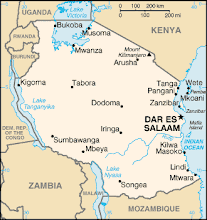Best advice: Pay for a portable toilet. I also wanted a guide trained in wilderness emergencies and who carried a hyperbaric bag up the mountain. Both cost extra.
JACKIE CROSBY
**********************************************
**********************************************
I'm sure that any of the expedition companies will provide detailed lists of the required clothing and equipment but here are some practical tips on what to do with it.
**********************************************
An amazing list of travel websites
**********************************************



